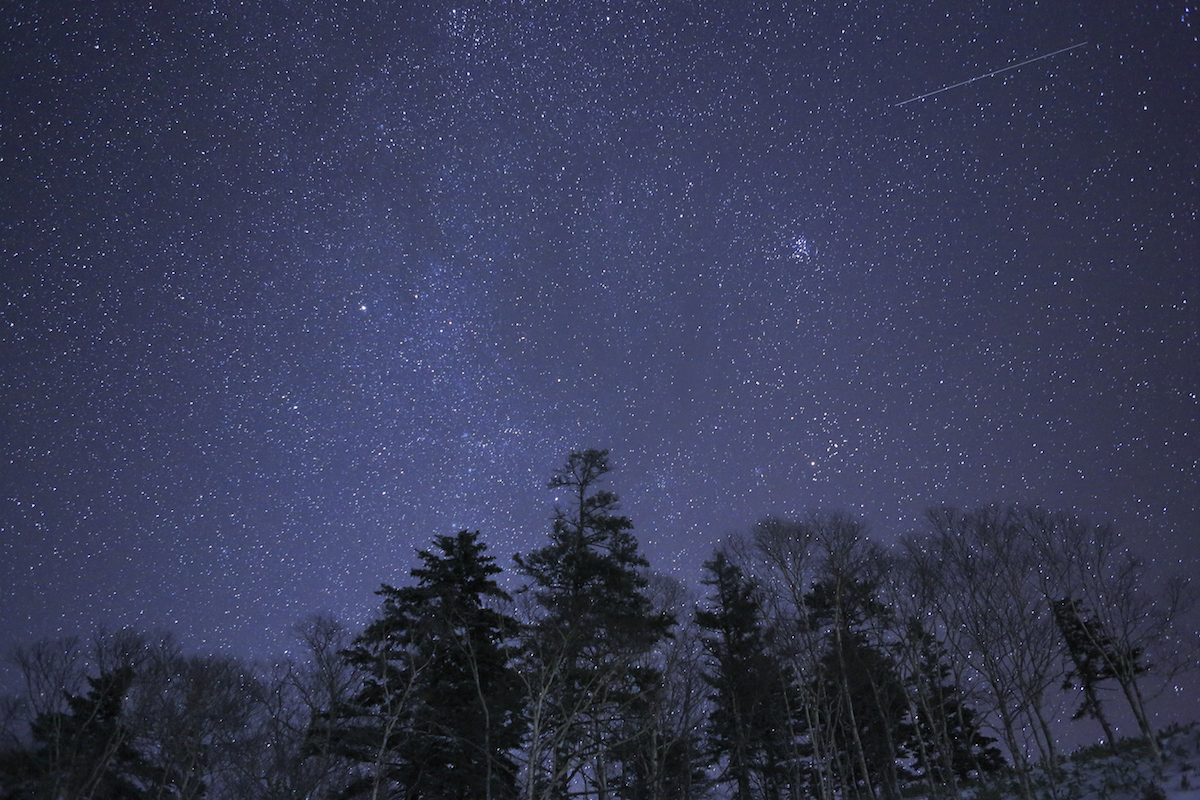
Studying the stars is, quite literally, as lofty as a profession can get. But for the women who worked at Harvard’s Observatory in the late 19th century, the job was often a series of lowly tasks. Known as “Pickering’s women,” after the observatory’s director Edward Pickering, they were assigned to compile and classify stars, a task which required technical expertise, but held no prestige and little opportunity for original thought.
Among the group, one woman shone brightly: Antonia Caetana de Paiva Pereira Maury, who was born exactly 150 years ago, on Mar. 21, 1866 in Cold Spring, N. Y. She was not the most famous of the group, but the authors of a book on history of the Harvard College Observatory called her “the most original as well as the most elusive personality among the women astronomers at Harvard.”
Named for her maternal grandmother, who had been daughter of the court physician of John VI of Portugal, Maury—who died in 1952—came from an accomplished, scientific family. She graduated from Vassar in 1887 with honors in physics, astronomy and philosophy and the following year her father asked Pickering to give her a job. The pay was about 25 cents an hour, low even for the time. Nor did she always get the credit she deserved: In 1890, when Pickering discussed one of her personal discoveries in a meeting of the National Academy of Sciences, he said only that “a careful study of the results has been made by Miss. A. C. Maury, a niece of Dr. Draper,” before he continued presenting the results which were published under his name.
Get your history fix in one place: sign up for the weekly TIME History newsletter
At the observatory, Maury was given the task of classifying northern stars using spectroscopy. The idea is this: Putting a series of prisms in front of a telescope diffracts light from the star, splitting it into a spectrum that shows which light the star absorbs and which it bounces back. From that light can be read information about the star’s temperature, chemical composition and luminosity. She created a system of star classification based on temperature, with divisions to describe the variation in width and definition of the spectral lines. Although she argued that the sharply defined spectral lines of a star “represented a fundamental property of the stars,” Pickering and the other women instead adopted a simpler sorting system invented by one of Maury’s colleagues, Annie Jump Cannon, who received widespread recognition for the work.
Dorrit Hoffleit, an astronomer and historian who knew Maury at Harvard during the 1930s, has said that Maury suffered at the observatory for her independence. “All of the other women who achieved greatness at Harvard were doing what Pickering wanted them to,” Hoffleit recalled. “It was only Miss Maury who was the independent renegade, and she couldn’t have been that if she hadn’t had an important family background, either.”
“[She] had two strikes on her: the biggest one was, she was a woman. A woman had no chance at anything in astronomy except at Harvard in the 1880s and 1890s. And even there, things were rough,” echoed William Morgan, an astronomer known for discovering the Milky Way’s spiral shape. “It now turns out that her director, E.C. Pickering, did not like the way she classified; she then refused to change to suit him.”
Frustrated by Pickering’s preference for Cannon’s system of classification, Maury left her position at the observatory in 1891. She returned from 1893-1894 to continue her work. In 1897, having examined 4,800 photographs, she published her findings on 681 bright northern stars in the Annals of the Harvard College Observatory. It was the first Harvard observatory publication credited to a woman, which she had insisted on, writing to Pickering, “I worked out the theory at the cost of much thought and elaborate comparison and I think that I should have full credit for my theory of the relations of the star spectra.”
And it turned out that her theory was an important one.
A Danish astronomer, Ejnar Hertzsprung, soon found that there was a difference between very bright red stars (giants) and very faint ones (dwarves)—and only Maury’s classification scheme, with its three divisions, captured the distinction. In a letter to Pickering in 1908, Hertzsprung wrote that neglecting the properties she had always claimed mattered was “nearly the same thing as if the zoologist, who has detected the deciding differences between a whale and a fish, would continue classifying them together.”
By 1922 the International Astronomical Union agreed, incorporating her work into its classification system, which had been based off Cannon’s. The 1978 Revised MK Spectral Atlas for Stars Earlier Than the Sun was dedicated to “Antonia C. Maury, Master Morphologist of Stellar Spectra.” Morgan, one of its authors and a great admirer of Maury, described her 1897 work as “the most remarkable phenomenological investigation in modern astronomy.”
More Must-Reads from TIME
- Inside Elon Musk’s War on Washington
- Meet the 2025 Women of the Year
- The Harsh Truth About Disability Inclusion
- Why Do More Young Adults Have Cancer?
- Colman Domingo Leads With Radical Love
- How to Get Better at Doing Things Alone
- Cecily Strong on Goober the Clown
- Column: The Rise of America’s Broligarchy
Contact us at letters@time.com